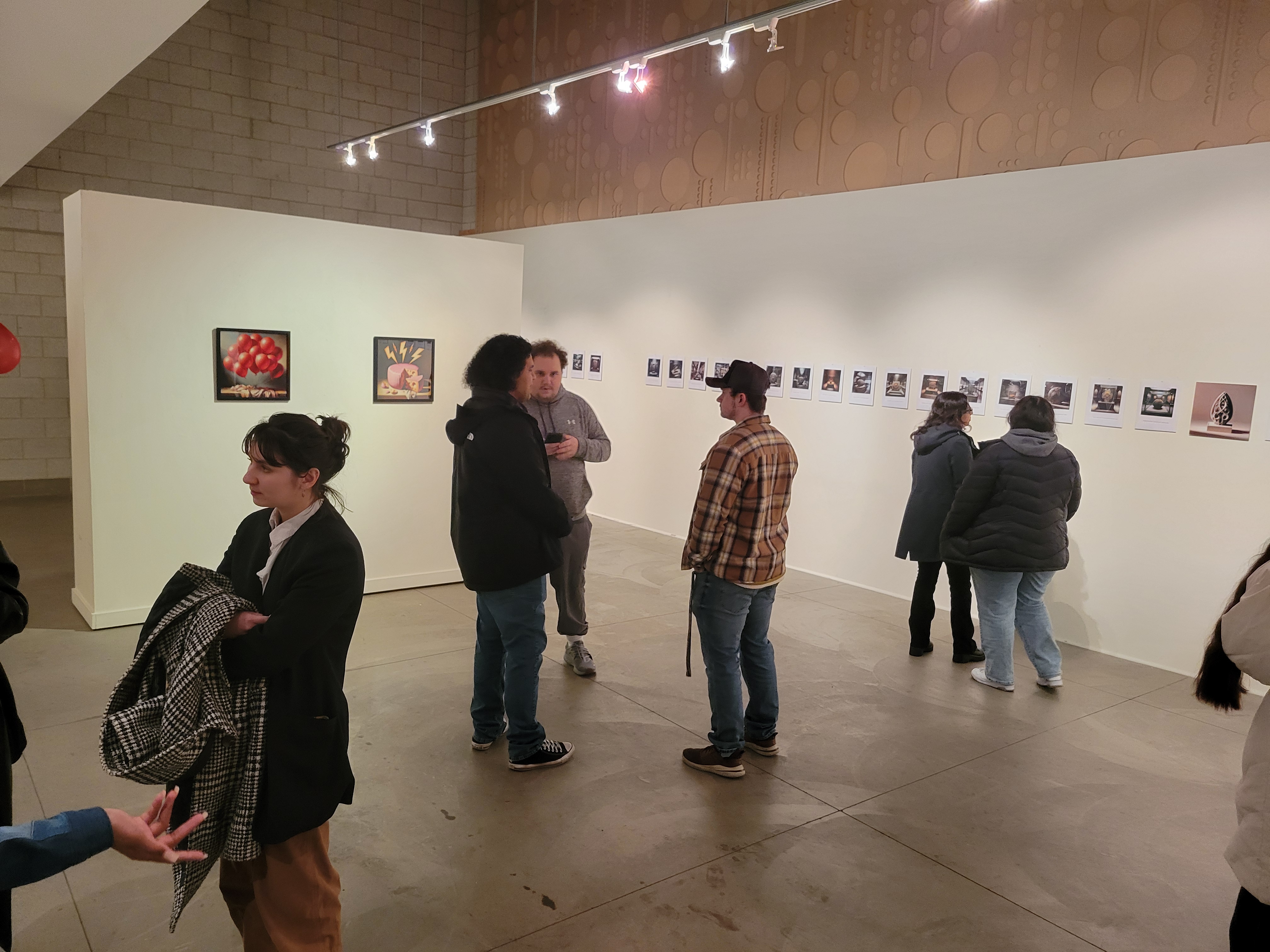dATAPLOT: Shared Hallucinations
Exhibition at the Beverly Art Center, Chicago
[note: if you would like to take ownership of the digital surrogate of your physical print from the show, go to the URL https://iws.mx/charm.farm/<hash>.html – where <hash> is the long random string of characters printed on the front paper]
“Even the most perfect reproduction of a work of art is lacking in one element: its presence in time and space, its unique existence at the place where it happens to be.”
—Walter Benjamin, Illuminations
“Did Briet mean that just as “art” is made art by “framing” (i.e. treating) it as art, so an object becomes a “document” when it is treated as a document, i.e. as a physical or symbolic sign, preserved or recorded, intended to represent, to reconstruct, or to demonstrate a physical or conceptual phenomenon?”
—Michael K. Buckland, “What Is a ‘Document’?” Journal of the American Society of Information Science
The 2003 dATAPLOT exhibit at St. Xavier University Gallery was an early investigation into a possible future consumed by AI writing, art, and crypto. It featured ALLOY, a pioneering computer-generated book which described a cybernetic reality and meta-narrative where generative writing autonomously writes itself into existence. Also showcased was a wall of so-called Diamond Junk Reports, a series of image+text pairs that asked the viewer to contemplate meaning-making in an era when artistic content can be easily and rapidly generated by computers and inserted into a deluge of digital ephemera. This foresaw the speculative and occasionally dubious world of web3 nearly two decades in advance.
This 2024 revisitation continues the conversation about authenticity, but with tools benefiting from 20 years of development. dATAPLOT presents another series of image+text pairs from a museum exhibition about a latent civilization discovered by artists and archivists. Each museum relic under glass is carefully represented as tokenized digital art files and cryptographically bound to a unique keypair also included as hardcopies encased in envelopes meant for the gallery wall. The exhibit invites users to not only participate with but also embody and possess artifacts from this shared hallucination and artificial aesthetic.
The goal of this art practice is to develop techniques for creating plain text hypermedia objects as contemporary cultural relics, aspiring to a level of significance and permanence comparable to that of ancient materiality. Perhaps this is one step towards the convergence of art object and document. Emerging from an exploration of latent spaces, these digital creations exemplify a modern approach to preserving and reimagining a shared cultural heritage. The dATAPLOT project maps and articulates some of these aesthetic boundaries within the essence of humanistic inquiry, reflecting the evolving narratives of our collective history.
A technical aim of dATAPLOT is to produce a stable digital method for intermedia arts. Each artifact comprises a digital component and a physical counterpart which serves as the artifact’s proof-of-work. The digital component is a self-contained HTML document, including the base64 encoded image. The content is structured within defined semantic tags which are then SHA256 hashed, acting as an address in a type of distributed network. Additionally, a JSON web token embedded in the document’s metadata includes the unique identifier and ownership claims, ensuring each piece’s verifiability and distinct identity in a bespoke network of durable, conceptual museum objects.
Matthew Butler is a Research Manager at the Digital Scholarship & Publishing Studio in the University of Iowa Libraries where he works on such projects as the the Fluxus Digital Archives, Intermedia Research Initiative, and the International Dada Archive. He is an MFA graduate and former Bodine Fellow in the Intermedia Program in the School of Art & Art History at Iowa where he studied with Hans Breder. With over 25 years of professional experience in libraries and archives, Matthew has developed a studio practice concentrating on an information systems approach to intermedia art. In addition to his role as research manager, he also teaches university courses in digital art and humanities, where he emphasizes not only creative practice but archival standards in student work.
